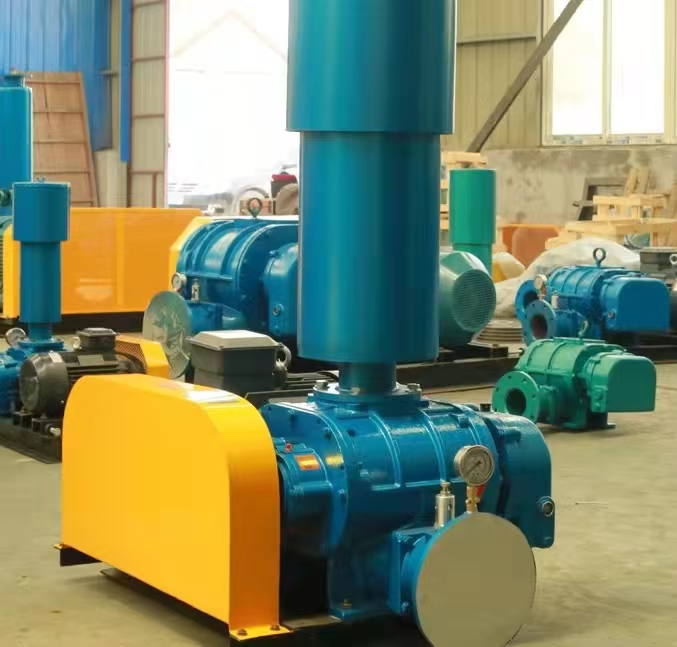How to observe the forward and reverse rotation of Roots blower

There are several methods to determine the forward and reverse rotation of a Roots blower:
1、 Observe the appearance and label of the fan
Air inlet and outlet markings: Roots blowers usually have clear markings on the air inlet and outlet, which is an intuitive way to determine the direction of the fan. By observing these markings, the inlet and outlet directions of the fan can be preliminarily determined, thereby inferring the rotation direction of the fan.
Turn Arrow: There may be a turn arrow attached to the fan, clearly indicating the direction of rotation of the fan. This type of arrow mark is usually located on the fan casing or motor, making it easy for users to quickly identify.
2、 Use simple testing tools
Paper or cloth strip test: Place a slender paper or cloth strip at the air outlet, start the fan and observe its direction of movement. The direction in which the paper or cloth strips float is the direction of the fan's air outlet, which can reverse the direction of the fan's rotation. This method is simple and easy to implement, and is suitable for situations without professional testing equipment.
3、 Check the motor rotation direction
Observing the direction of motor rotation: Roots blowers are usually driven by a motor, so the direction of motor rotation determines the direction of fan rotation. The rotation direction of the motor can be determined by observing its rotation direction or using a motor steering test tool. If the direction of the motor matches the requirements of the Roots blower, then the direction of the blower is correct.
4、 Monitor the sound of the fan
Sound judgment: During the operation of the Roots blower, monitoring its sound can also help determine the direction of rotation. A normally operating Roots blower should produce a smooth and continuous sound. If there is any abnormality or interruption in the sound, it may be caused by incorrect rotation of the fan. But this method requires experience and judgment, which may not be suitable for beginners.
5、 Use professional instruments for testing
Anemometer or Airflow Meter: Anemometer or Airflow Meter can be used to measure the wind speed or airflow direction at the outlet of a fan, in order to determine its direction of rotation. This method requires professional knowledge and operational experience, but can provide more accurate and detailed data.
6、 Observe the belt drive arrow (if any)
Arrow on belt protection cover: For belt driven Roots blowers, the rotation direction of the blower can be determined by observing the arrow on the belt protection cover. The direction indicated by the arrow is the direction of rotation of the fan belt and also the direction of rotation of the fan impeller.
7、 Observe the structure of the muffler (if any)
The difference between imported and exported mufflers: Imported mufflers usually contain filtering elements such as filter cotton, while exported mufflers do not. By observing the structure of the muffler, the inlet and outlet directions of the fan can be determined, and then the rotation direction of the fan can be inferred.
8、 Observe the pressure gauge and relief valve (if any)
Installation position of pressure gauge and relief valve: In positive pressure conveying Roots blowers, pressure gauges and relief valves are usually installed at the outlet position. By observing the installation positions of these components, the inlet and outlet as well as the rotation direction of the fan can also be determined.
In summary, determining the forward and reverse rotation of a Roots blower can be achieved through various methods. In practical applications, suitable methods can be selected based on specific situations to ensure the normal operation and performance of the equipment. At the same time, regular maintenance and inspection of Roots blowers are also important measures to ensure the normal operation of the equipment and extend its service life.





